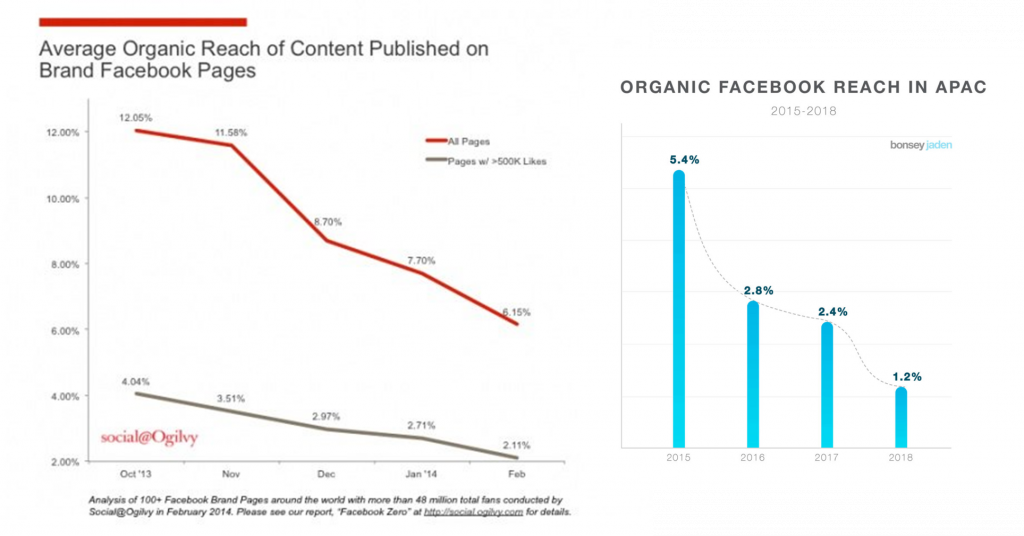
Another way commercial businesses look at media today is through the Owned, Earned, Paid and Shared media model.

https:// https://www.allbusiness.com/the-differences-between-paid-earned-owned-and-shared-media-4246-1.html
Simply put, this model differentiates between the media an advertised has paid for (paid media), the media that is in the ownership of the advertiser (owned media) and on the other hand the advertiser’s content that is available and promoted without being paid for (earned media aka shared media).

The differences between the mentioned types of media is visible in the aspects of reach and control.
As much as we can have the most control over our owned content, it has a limited reach. And vice versa, our earned media content will have the highest reach potential but we will have to accept the lack of control and influence over it.
This is additionally important considering the evolution of organic reach in social media.

Over the years organic reach on social media platforms has been declining as a consequence of changing algorithms but ultimately because social media channel owners want to reap the economic benefits of their asset’s popularity.
So by changing algorithms they are indirectly forcing content that is coming from commercial sources (broadly speaking) to be paid for in order to actually show up in the news feeds of its audience.
This is very important as it increases the importance of earned media even more.
And also, it keeps the traditional media still alive 😊
Traditional AND Modern media will continue to co-exist because:
- Modern is not the silver bullet
- Organic reach in modern is hindered by raising costs
- Modern is more laboursome and requires continuous effort
- Modern channels are rapidly changing – your hard earned community can become useless in a matter of months
- In many markets traditional media is still the cheapest way to build reach (TV especially)
- Audience does not consciously make the difference between modern and traditional and uses both
- Some messages are still more relevant for traditional
